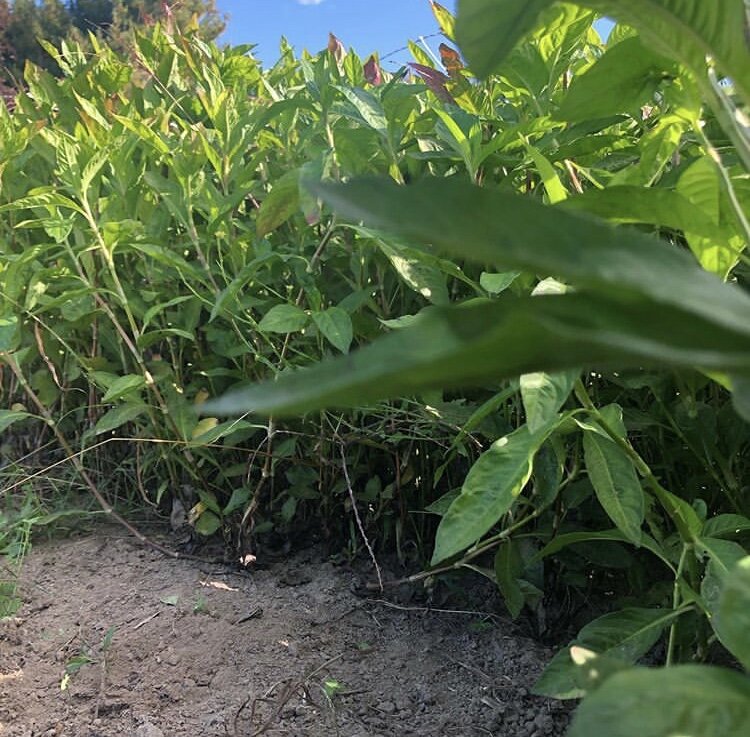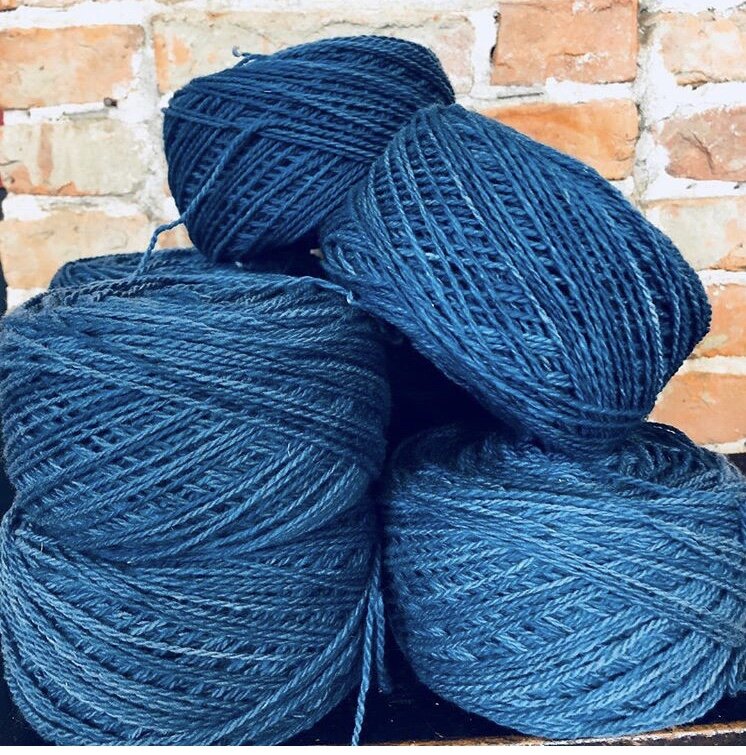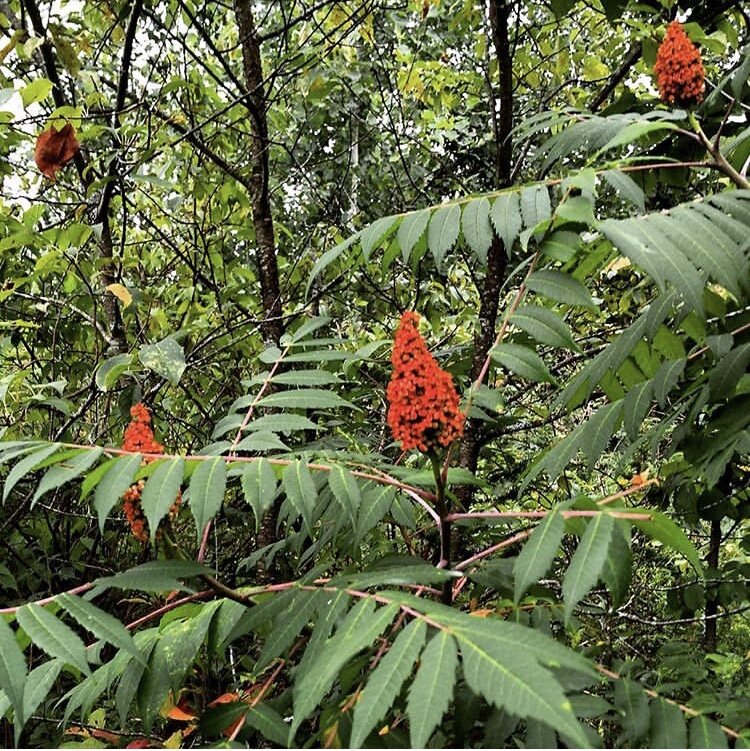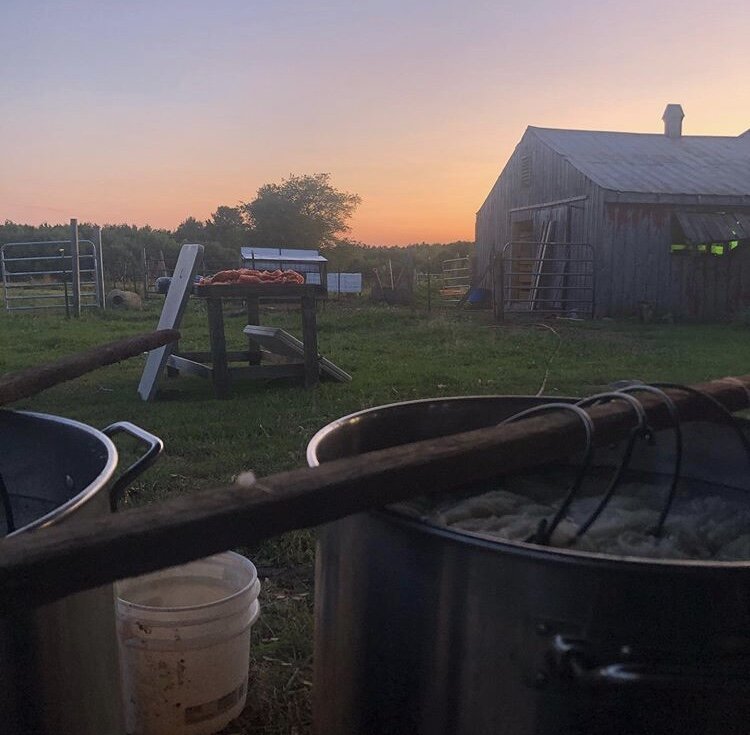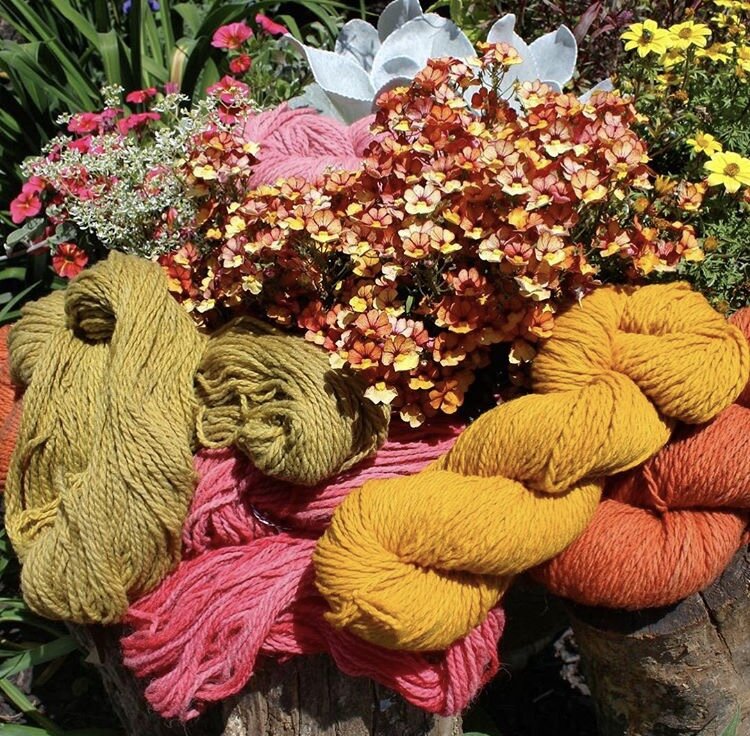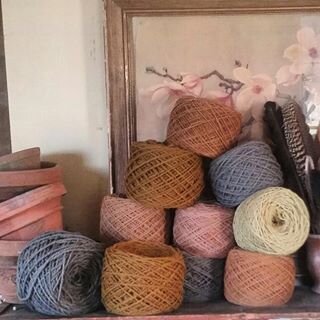Natural dye work is the perfect harmony of art and science.
Natural dyes have been used for thousands of years. Expert artisans from Africa to South America developed processes that are still used today.
Natural dyes create luminous colors that are of the earth, the weather and climate of a region and of a season.
How The Wool Is Dyed
The process of creating natural color from plants and insects requires multiple steps. This is just a brief introduction to that process.
In summer when gardens are flush with plants and the untended portions of the farm are covered with an abundance of goldenrod and other plants, the first and rather pleasant step is to take a walk to cut plant material for dyeing. When taking plants that nature has provided, cutting carefully and minimally is important. We always leave an abundance for the animals and insects that depend on them too.
Plant material, once collected is weighed. For a strong dye color the ratio of raw plant material to fiber is about 2:1. The plant materiel is simmered to extract the color. Often we simmer, allow the pot to sit overnight and then simmer again in the morning.
Prior to dropping yarns in to the dye pot they must be mordanted. Mordants are a topic unto themselves, and one with so much misinformation floating around these days. Mordants are necessary because they create the chemical bond between the dye molecule and the fiber molecule to create lasting color. Mordants are metal salts. Mordants impact color outcomes. The process of dyeing whether naturally or synthetically requires chemicals. There are four mordants we use. Alum (Potassium Aluminum Sulfate,) iron (ferrous sulfate,) tin (stannous chloride,) and copper (cupric sulfate.) Mordants are used in relatively small amounts per pound of wool. On our farm we reconstitute mordant baths and reuse, only dumping them when they are exhausted. Reuse of mordant baths helps save water too. Yarns and wools are gently simmered in the mordant baths before dyeing begins.
Water is an important component to the natural dye process. It is not a mordant. Some dye materials are sensitive to the pH of water as well as the mineral content. We use water from a nearby river, our tap water and collected rain water to alter color outcomes.
After yarn is mordanted it is put in to a cool dye bath and brought up to temperature and simmered. Some dyes are also sensitive to higher temperatures, affecting color outcomes. Some dyes adhere very quickly to the yarn while some develop best if left over night. When you learn the dye process you learn all the ways you can steer the process through chemistry to create specific color outcomes.
On our farm we have devoted ourselves for the past 20 years to studying and understanding the process so that we can create beautiful yarns in an array of vibrant, lasting color.
If you have any questions, please get in touch.
““But there is this great difference between the chemical commercial dyes and the traditional dyes— that with the commercial dyes it is very easy to produce ugly colours, the beautiful colour is rare; but with traditional dyes it is difficult to make an ugly colour, and good colour is the rule.”
Ethel Mariet— A Book of Vegetable Dyes, 1916”
